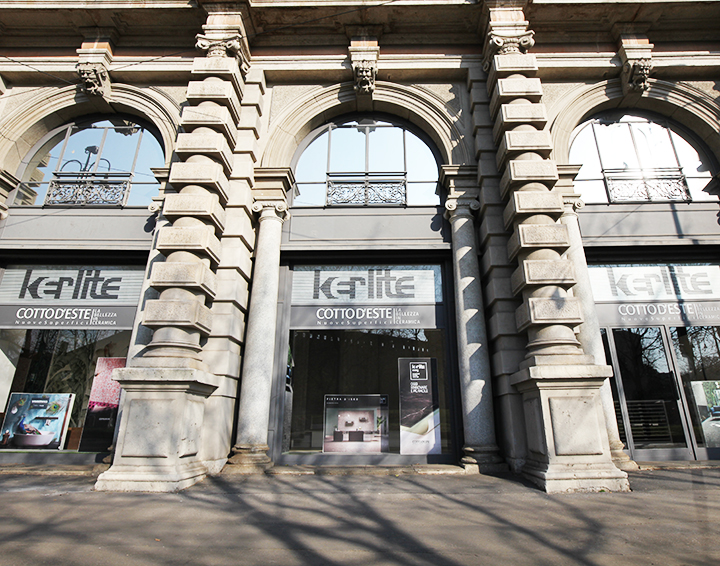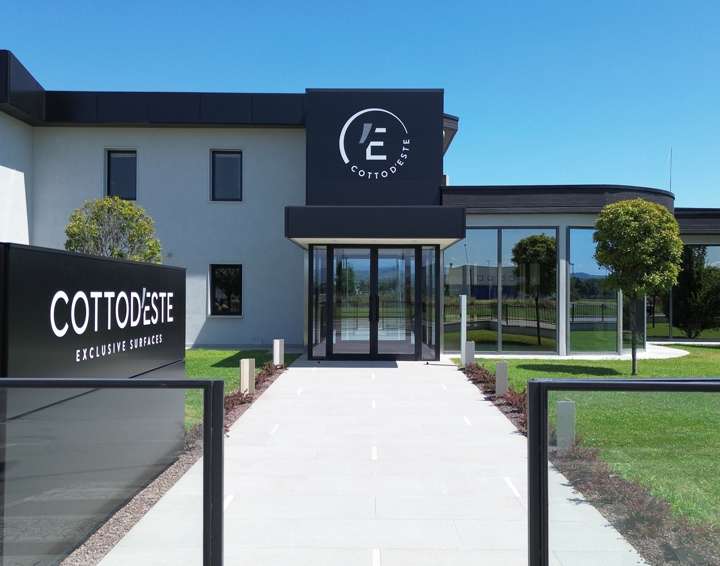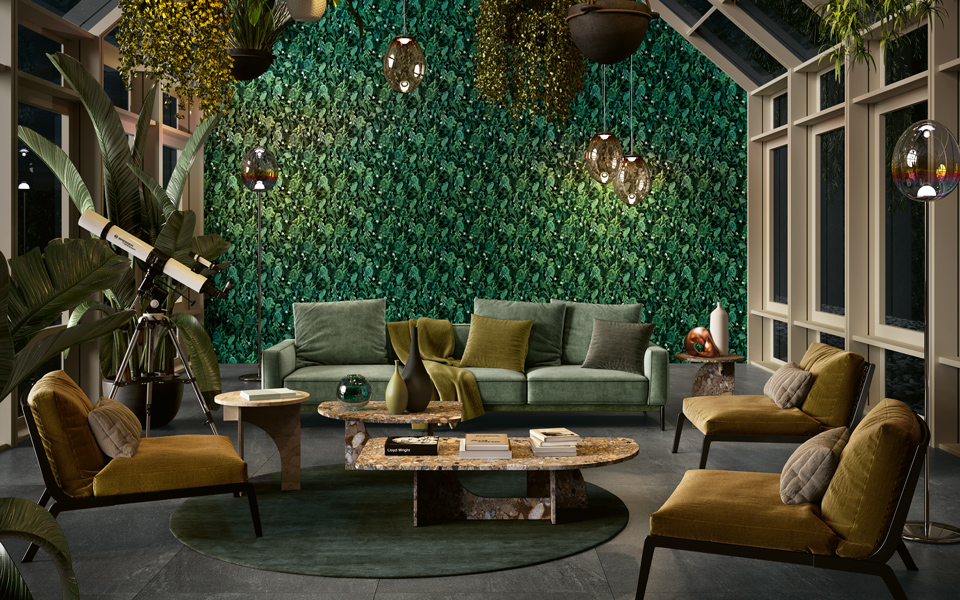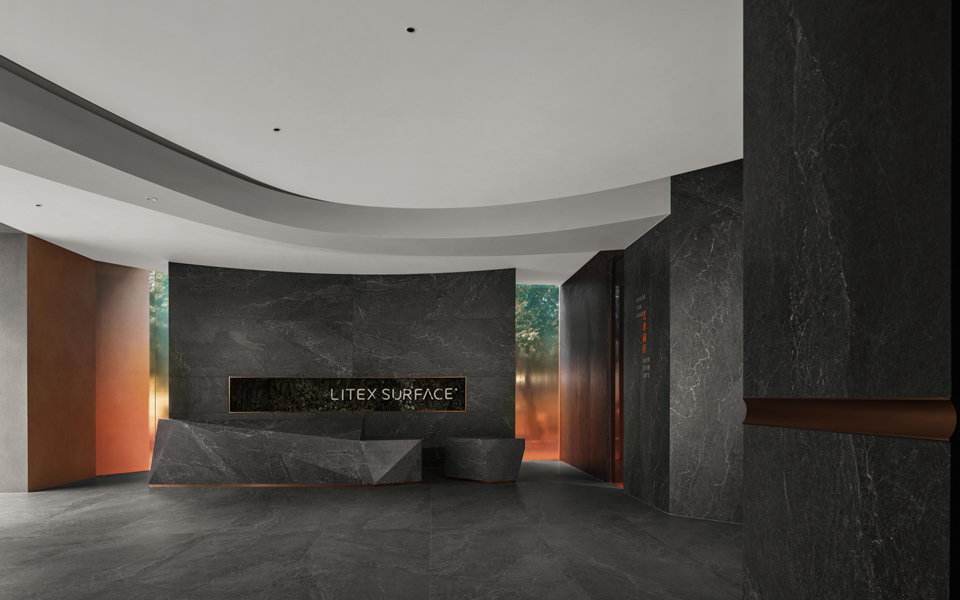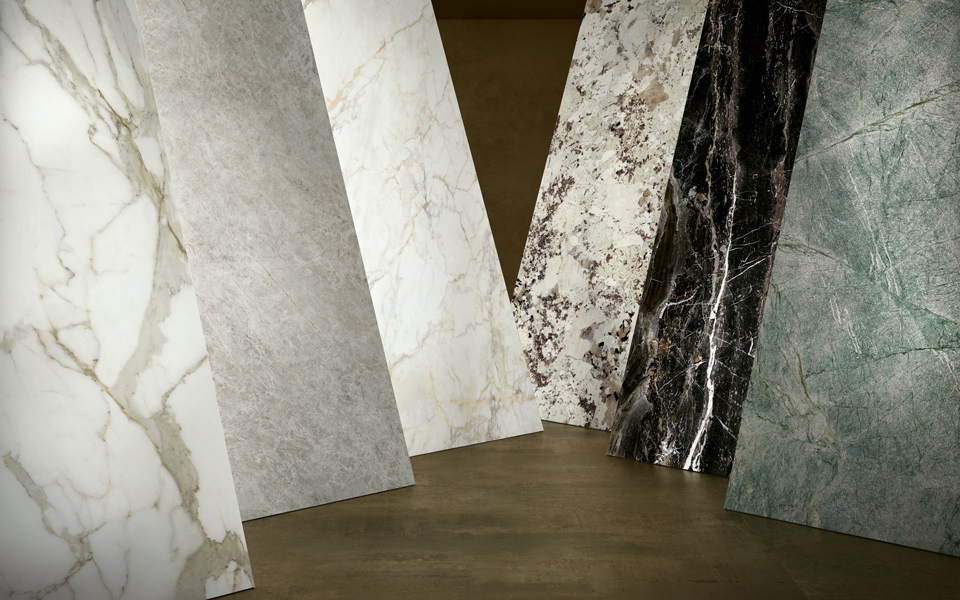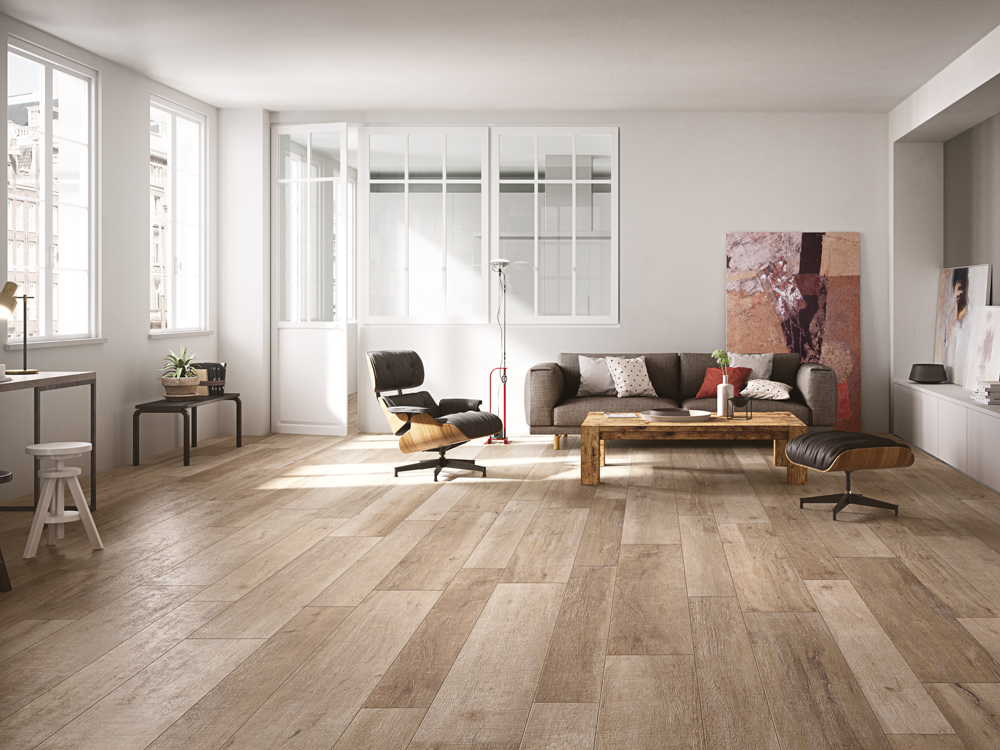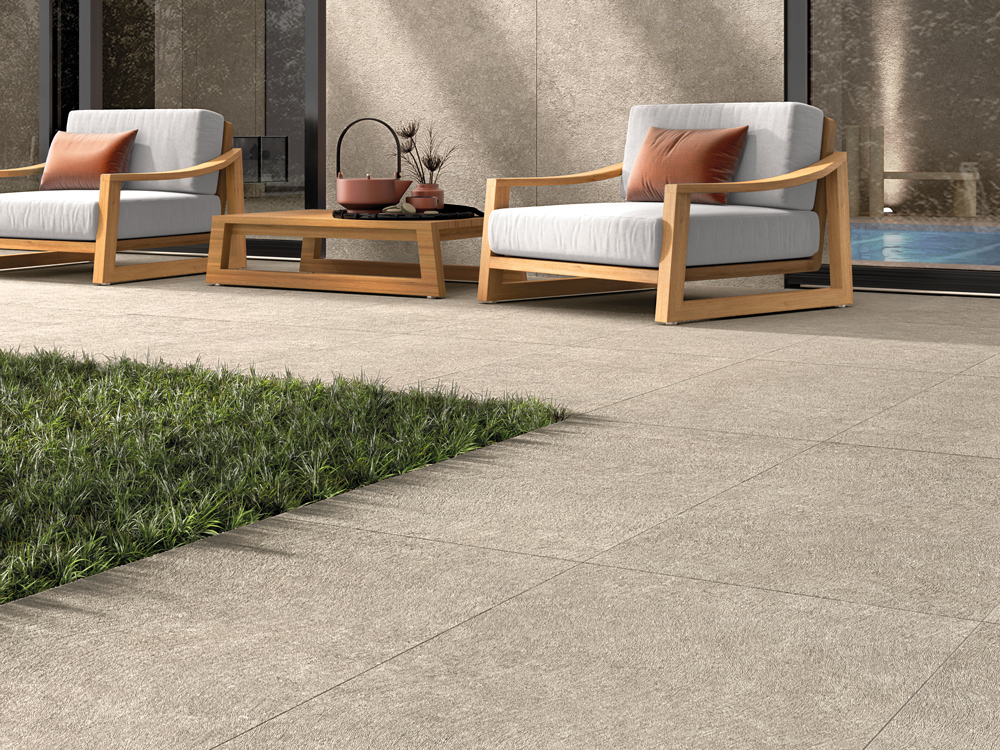The benefits of eco-friendly design
Adhering to these principles results in a range of environmental benefits, as eco-friendly design reduces the impact of human activity on the environment and human-induced climate change, supports the conservation of natural resources, and positively affects the reduction of air and noise pollution. Moreover, designing sustainably also provides a number of economic benefits, such as reduced building running costs, increased property values and, consequently, job creation in a rapidly growing sector, i.e. sustainability.
us
